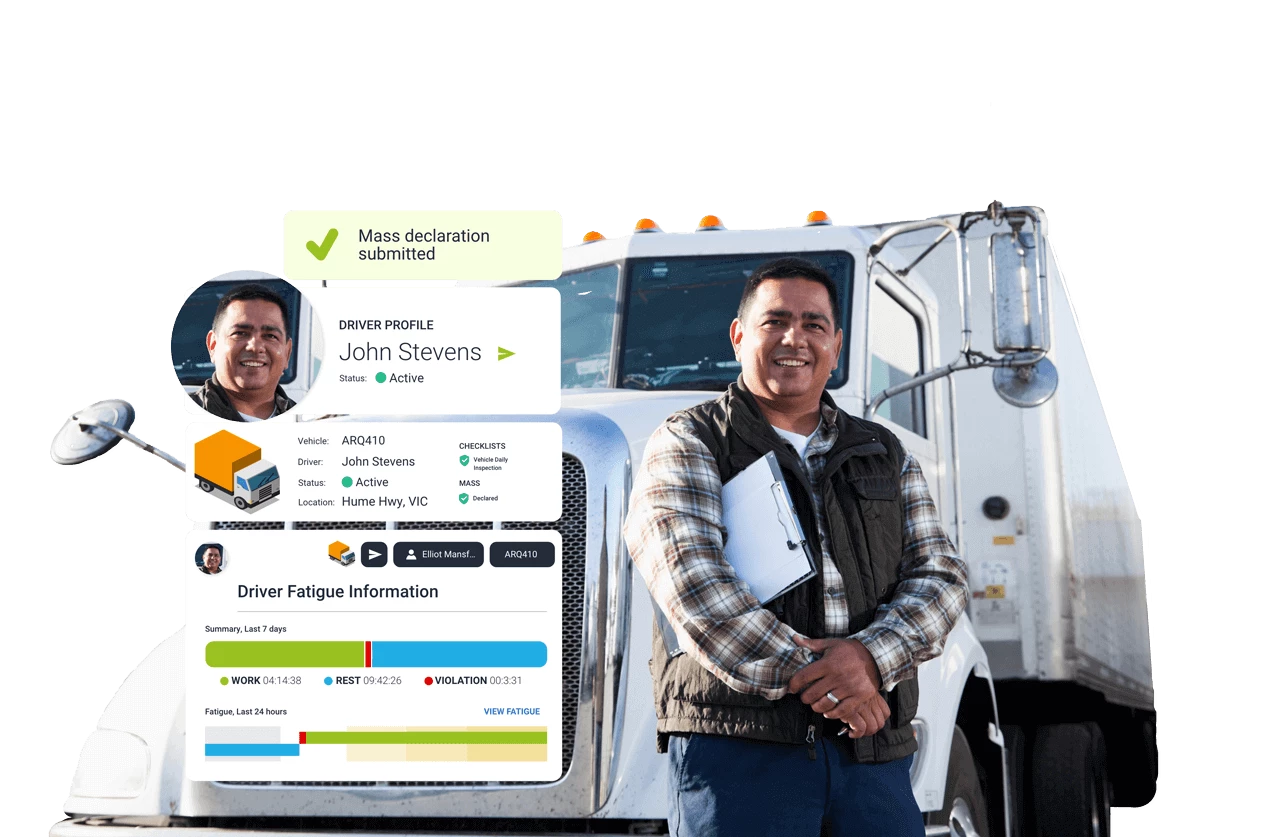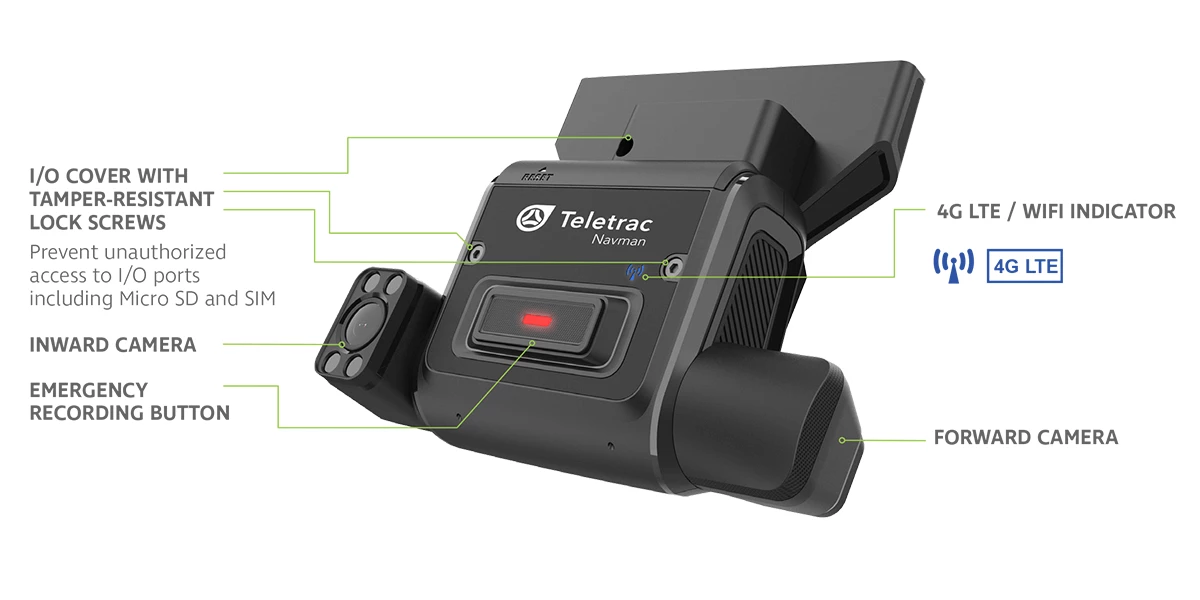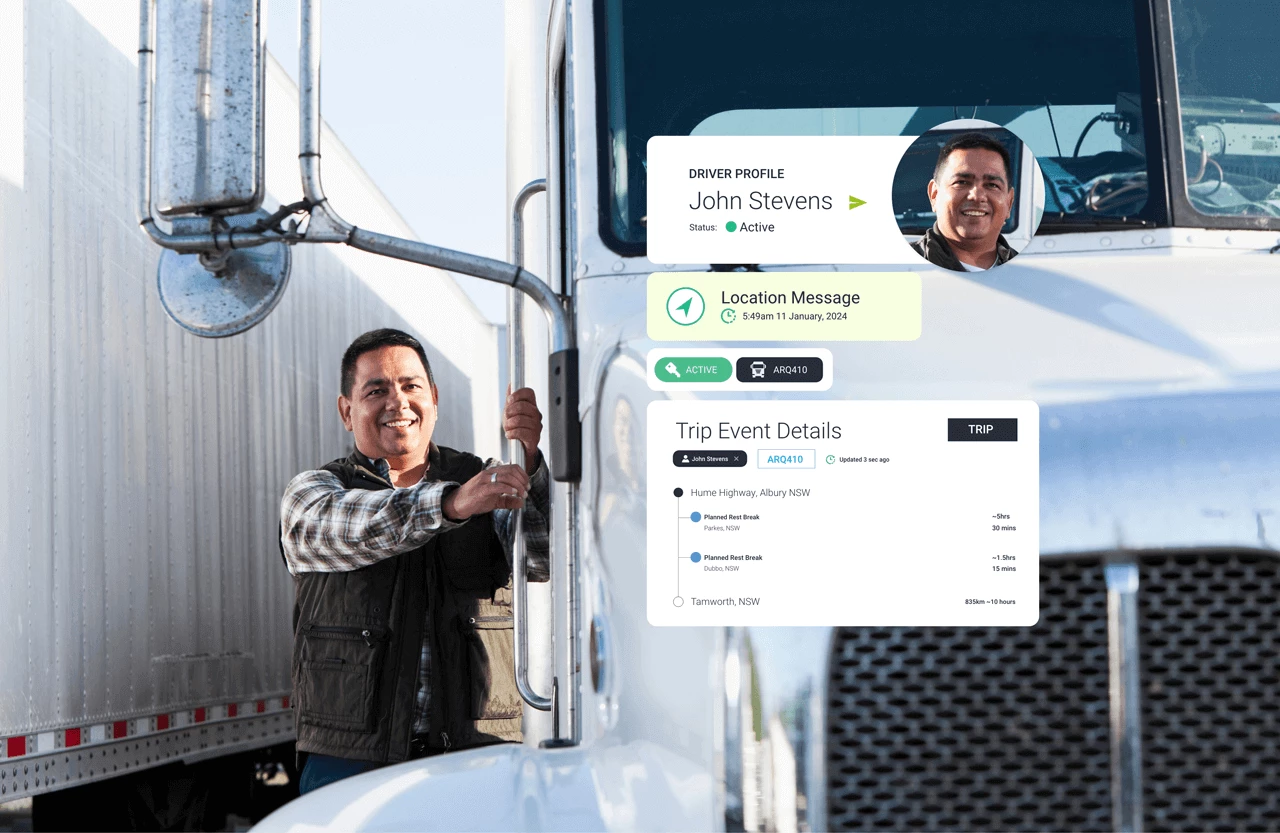The TMA program and group of schemes are designed to provide a level of balance between the business and the road managers, with a level of productivity and safety to improve how our roads are accessed and utilised.

There are truckloads of reasons to get onto the TMA with Teletrac Navman. The TMA scheme has fast become a program that the industry has rapidly adopted for its ease of entry. While the IAP may still be required for high-risk applications, the TMA programs, and its ample schemes within, has become the go-to program for access and payload improvements available to transport business in Australia.
Read the Press Release Build Solution
The TMA program and group of schemes are designed to provide a level of balance between the business and the road managers, with a level of productivity and safety to improve how our roads are accessed and utilised. Better yet, if you are already are a Teletrac Navman customer, you may already have all the necessary technology to continue with TMA. This can all be figured out with your Teletrac Navman dealer, account manager, or success specialist.
To learn more about Higher Mass Limits (HML), visit the NHVR website. To see the full list of the TMA schemes, visit the TCA website.
The Telematics Monitoring Application (TMA), a scheme run by Transport Certification Australia (TCA), is a form of monitoring heavy vehicles by providing a lower level of assurance for lower-risk activities that require monitoring. It provides a flexible, cost-effective approach to the management of heavy vehicle access using telematics. It offers an opportunity for a wider group of transport businesses to benefit from higher mass limits (HML) for lower-risk activities.
TMA monitors parameters of location, time and identity of enrolled vehicles with optional features, including the monitoring of mass (with a Smart OBM system) and vehicle configuration or the self-declaration of data through a user interface.
A new Higher Mass Limits (HML) Notice (New South Wales Higher Mass Limits Declaration 2020) came into effect on 2 April 2020. The new Notice requires vehicles operating at HML to be enrolled in either the Intelligent Access Program (IAP) or the Telematics Monitoring Application (TMA).
A review of the IAP for HML in NSW was completed by Transport for NSW during 2019. The review found that HML now represents a lower level of risk due to widespread infrastructure and structure upgrades over the last decade. This means that the level of infrastructure and safety risks associated with vehicles operating at HML no longer demands the level of assurance provided by the IAP.
The IAP will continue to be used for higher risk access arrangements in New South Wales where high levels of assurance are required. It continues to be used for vehicles operating at HML in Queensland.
When a level of assurance needs to be provided to road managers for a number of reasons, from access to payload requirements, the TMA provides a flexible entry toward an environment for the business.
Under the TMA, participating operators can gain access to the following schemes by state:




There are a large amount of TMA schemes available to transport operators around Australia - the above are some of the more popular. Schemes are based on the business requirements. To get started, get in touch with your State Jurisdiction or the NHVR to find out more about which would suit you.
A type-approved telematics device, available through Teletrac Navman (a certified TMA and IAP service provider), is required for operation in the TMA scheme. TMA requires that telematics devices are type-approved by Transport Certification Australia (TCA).
Heavy vehicles are monitored using a TCA-certified telematics device supplied by a certified service provider. Teletrac Navman hardware is TCA type-approved - the IVU, VT101, VT102 and Qube300 – are type-approved and certified for use in the TMA program. Configuration and mass declarations are made using the MT201.
Telematics data collected through TMA is limited to vehicle registration data, vehicle position data, time & date data and self-declared vehicle configuration data.
Simply put, TMA makes HML more accessible to more transport operators.
Vehicles enrolled into TMA may be required to submit configuration declarations as part of the scheme. These can be submitted using the MT201 (Mass Manager application) and are available to view back office via the Mass Manager report.
The TMA will monitor:
There are two main differences between the IAP and TMA:
1. Type-approved telematics hardware: The IAP requires specific, high Integrity devices, with controlled installation, maintenance and removal procedures. TMA allows for the use of a broader range of devices, with more flexible installation, maintenance and removal procedures.
2. Data shared with the road authority: The IAP shares Non-compliance Reports (NCR’s) with road authority. TMA shares data which has been collected through the application with the road authority however, does not Identify non-compliant events. (Information collected through TMA Is stored securely by Transport Certification Australia (TCA) and can be viewed by authorised road authority personnel within a 12-month period from the date of collection.)

There are many reasons, most of which are focused on how managing compliance with the program is all but automated through our fleet management solution and telematics; with the same solution, you are also helping to comply with the Chain of Responsibility for all your team. With the TMA, you gain a range of benefits, some listed below, but some unique to the scheme itself. To see the full list of the TMA schemes, visit the TCA website.

The IQ Camera is the first video telematics device to receive a TCA Type-Approval and will be the first in Australia eligible for customers to utilise and enrol in the Telematics Monitoring Application (TMA) and Road Infrastructure Management (RIM) access programs.
Learn MoreParticipating in the TMA program, you’ll need some simple requirements. Teletrac Navman is a certified service provider for the TMA program, including approval under IAP and OBM applications. The hardware installed within vehicles is type-approved to be used within the TMA program. To get started with your journey to gain the benefits that the TMA program can provide, get in touch with Teletrac Navman. The process is simple - here it is broken down into a few simple steps:
What are my Next Steps for TMA

Whether you’re a hands-on learner who prefers to dive in or you prefer to ask questions and get dedicated support, we have training options to make sure you’re getting the most out of our platform.
While technology is the core of what we do, the foundation of our business is our hard-working team, made up of industry experts entirely focused on your success. Our professional services team is dedicated to helping you identify your goals, develop a plan to reach them, and implement a solution to support your path to success. With more than 100 years of combined experience in vehicle tracking and asset management, our professional services experts can help you see quick results and meaningful ROI.
When you have a question, we’re here to answer with two-tier technical support. Call our toll-free Help Desk to get quick answers and tutorials on our most popular features. For more complex questions, our professional services team can provide in-depth technical advice, the expertise to resolve problems as they arise, and a strong support network backed by specific industry experience.
Ensuring your heavy-vehicles are on the road to their maximum potential is beneficial to the business and the productivity of the industry itself. When considering the applications for TMA is to ensure compliance to road manager requirements, the benefits extend way beyond that.